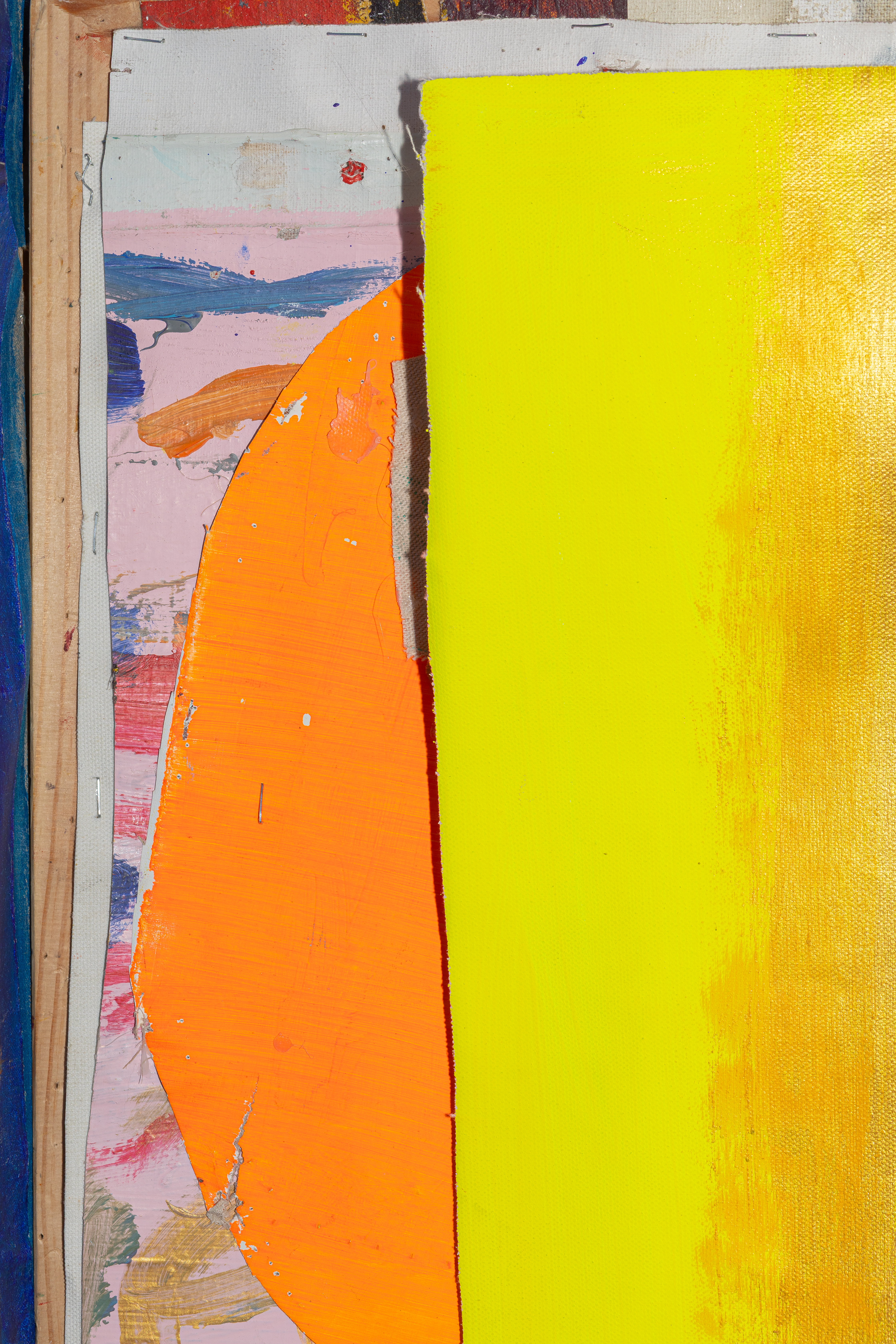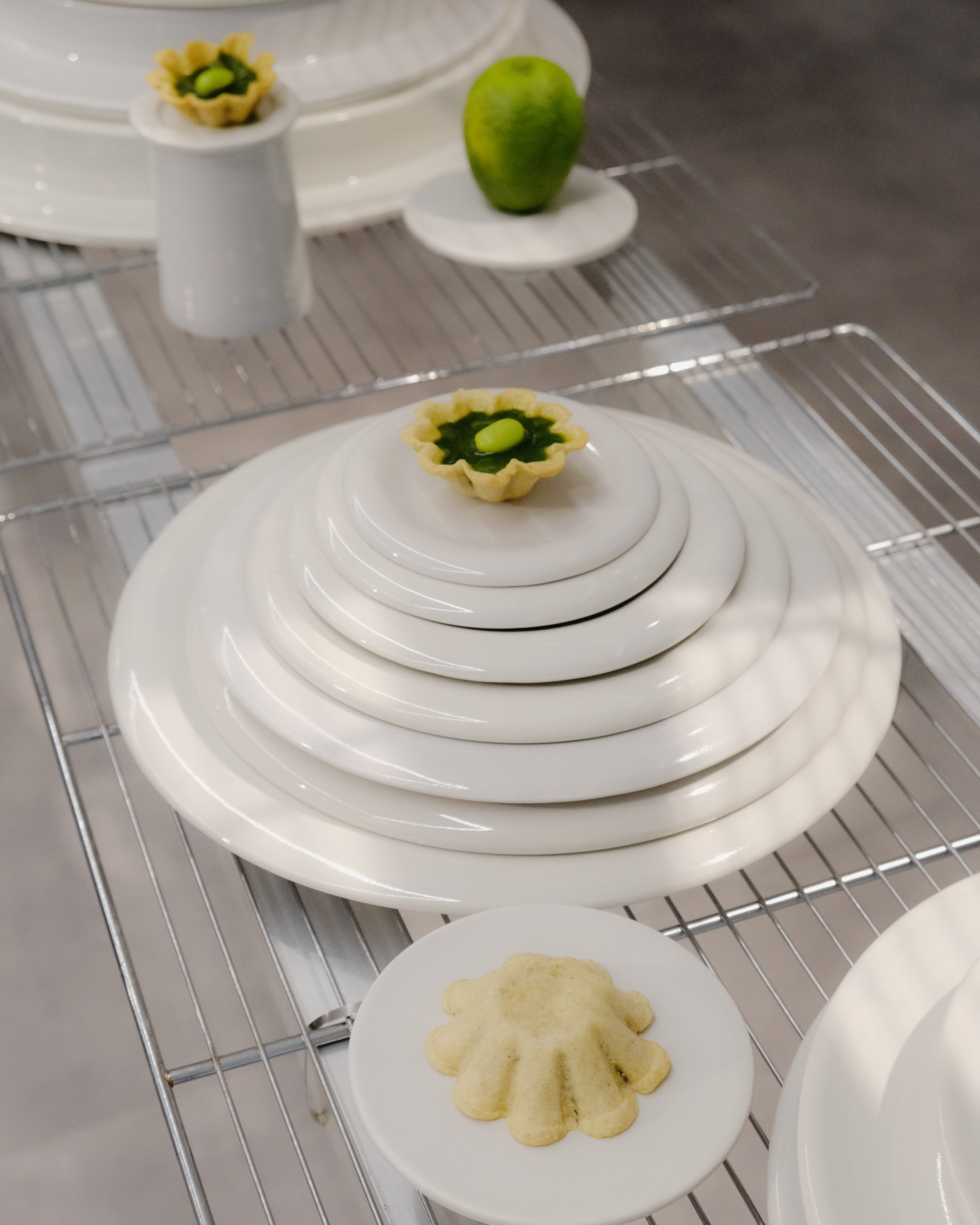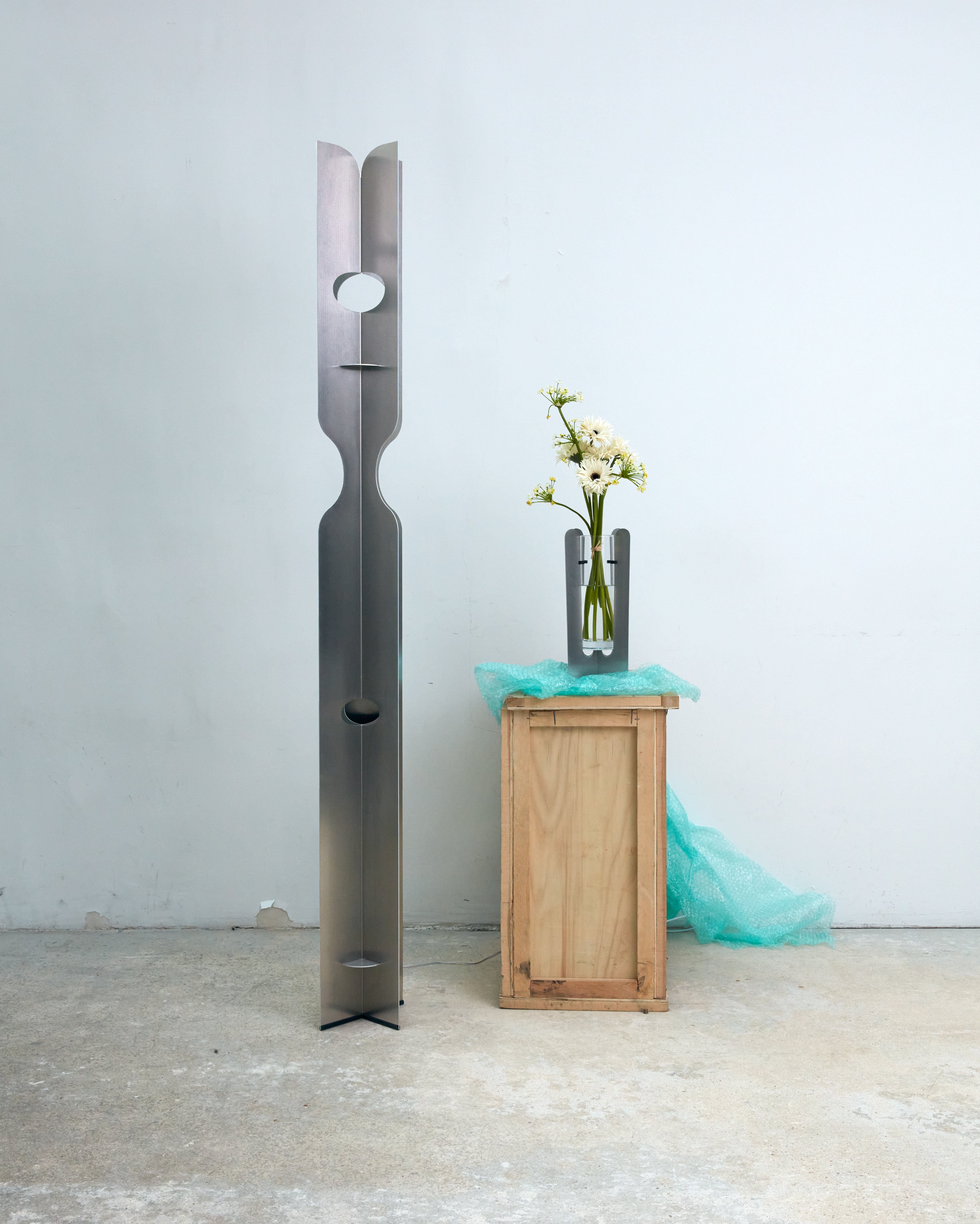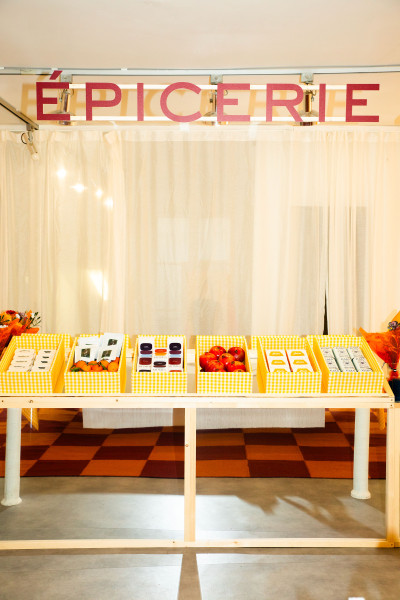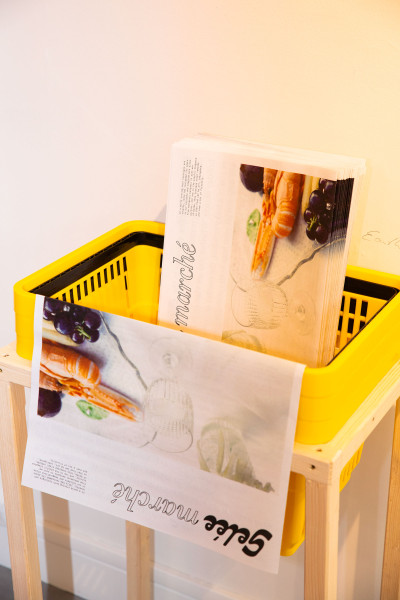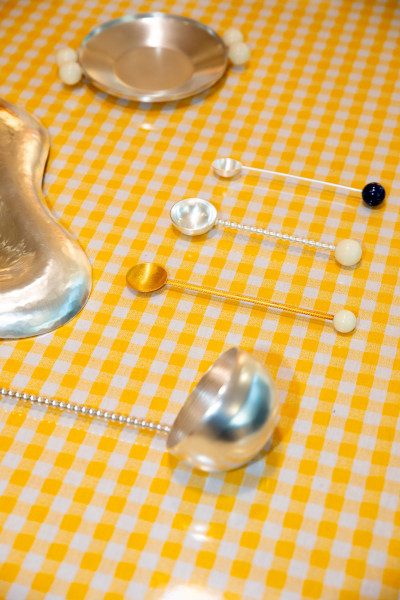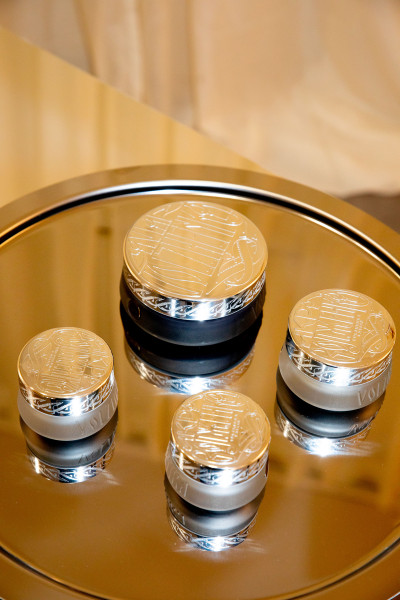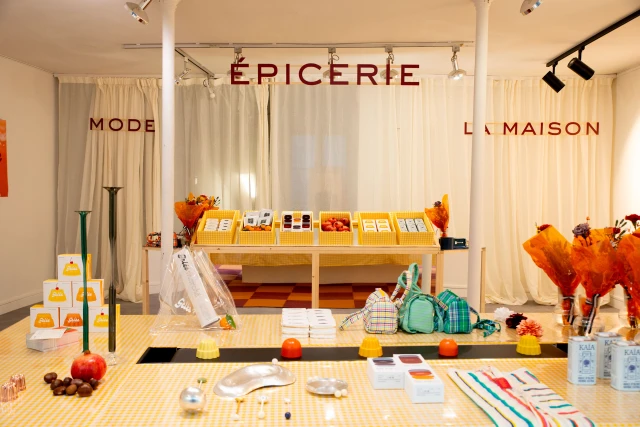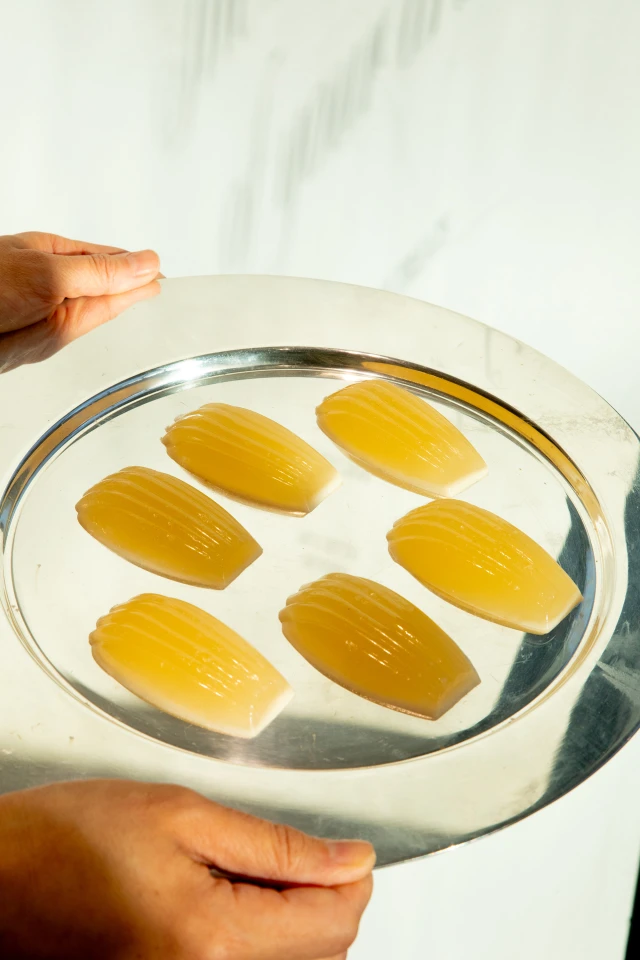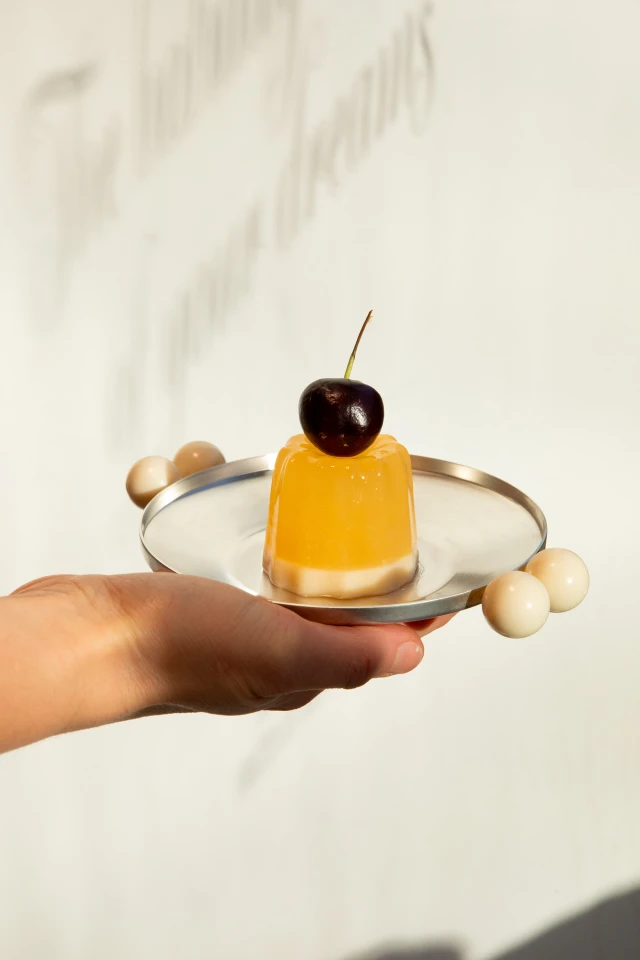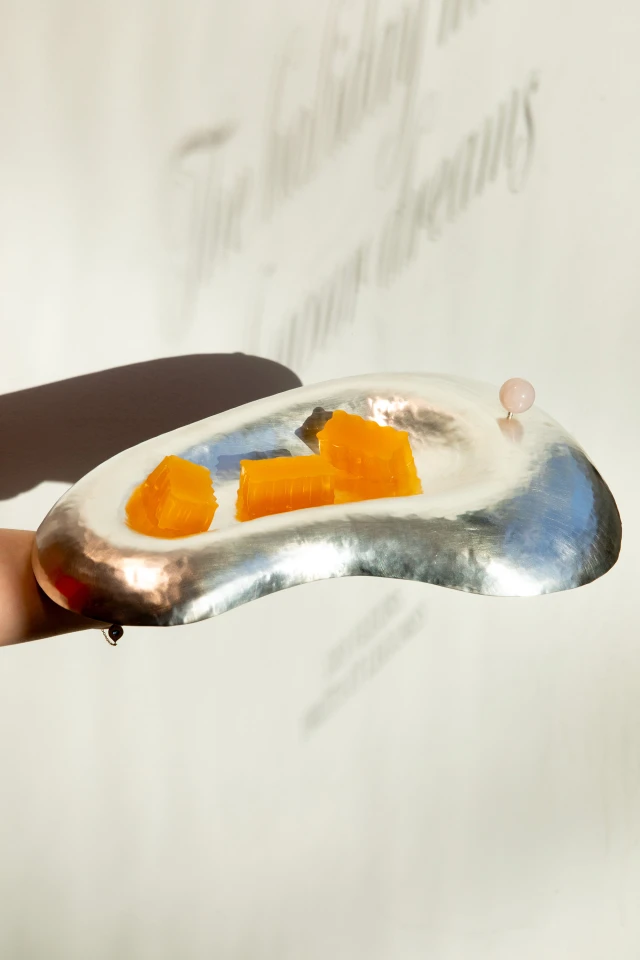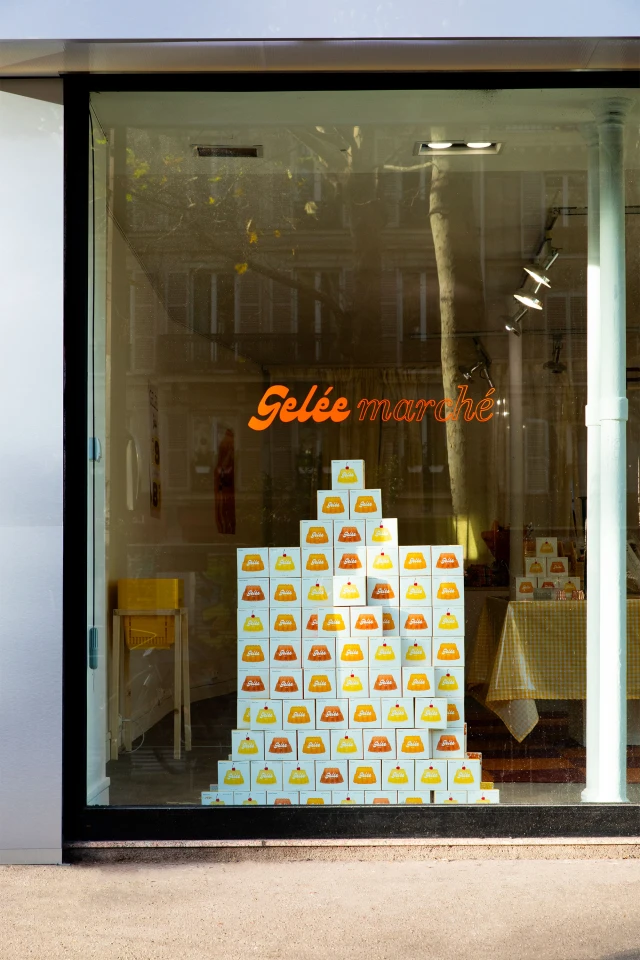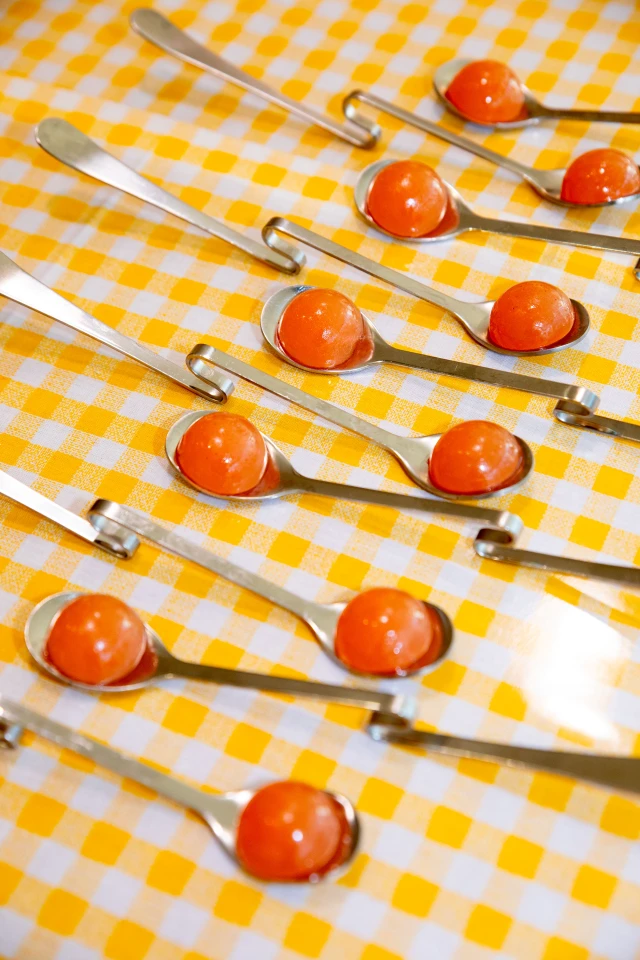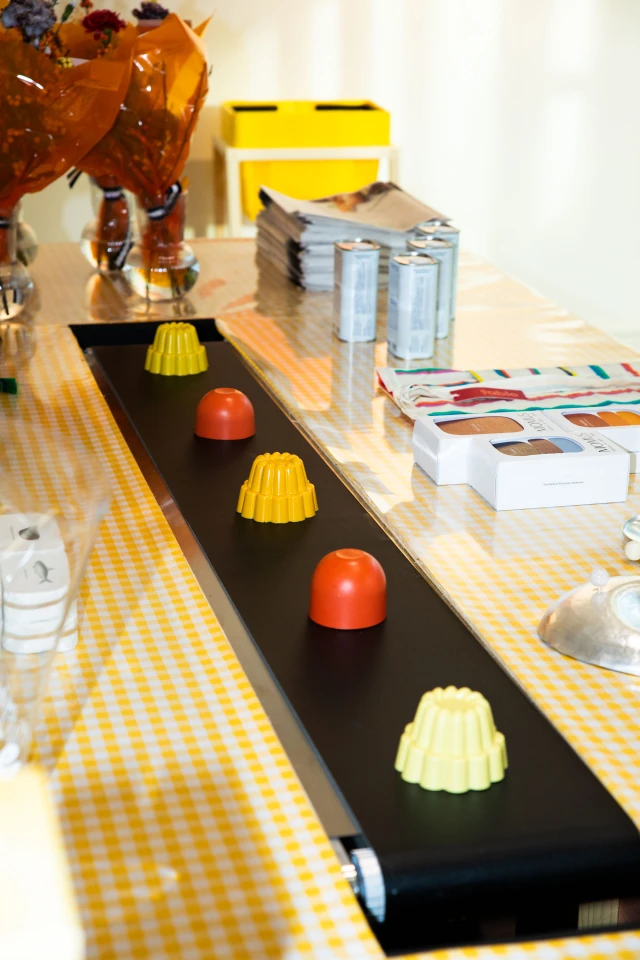Ladies and jellyfans, welcome to the Gelée Marché, our wild world created to nourish and entertain you this holiday season. Whether you are visiting Paris for a festive feast or you’re a lucky resident, the market of dreams will help you fill your bags both spiritually and literally. Brought to you by Gelée, “the gelatin delight” and Semaine, the world’s most Tasteful media (if we may), this reimagined take on the classic Parisian Marché will indulge your inner child, as we remind you how to find joy in the everyday. In the heart of the Marais, we’ll welcome you for a moment of whimsy and wellness and help you find the perfect playful gifts. With Gelée and Semaine, you can discover a whole new way to amuse your bouche.
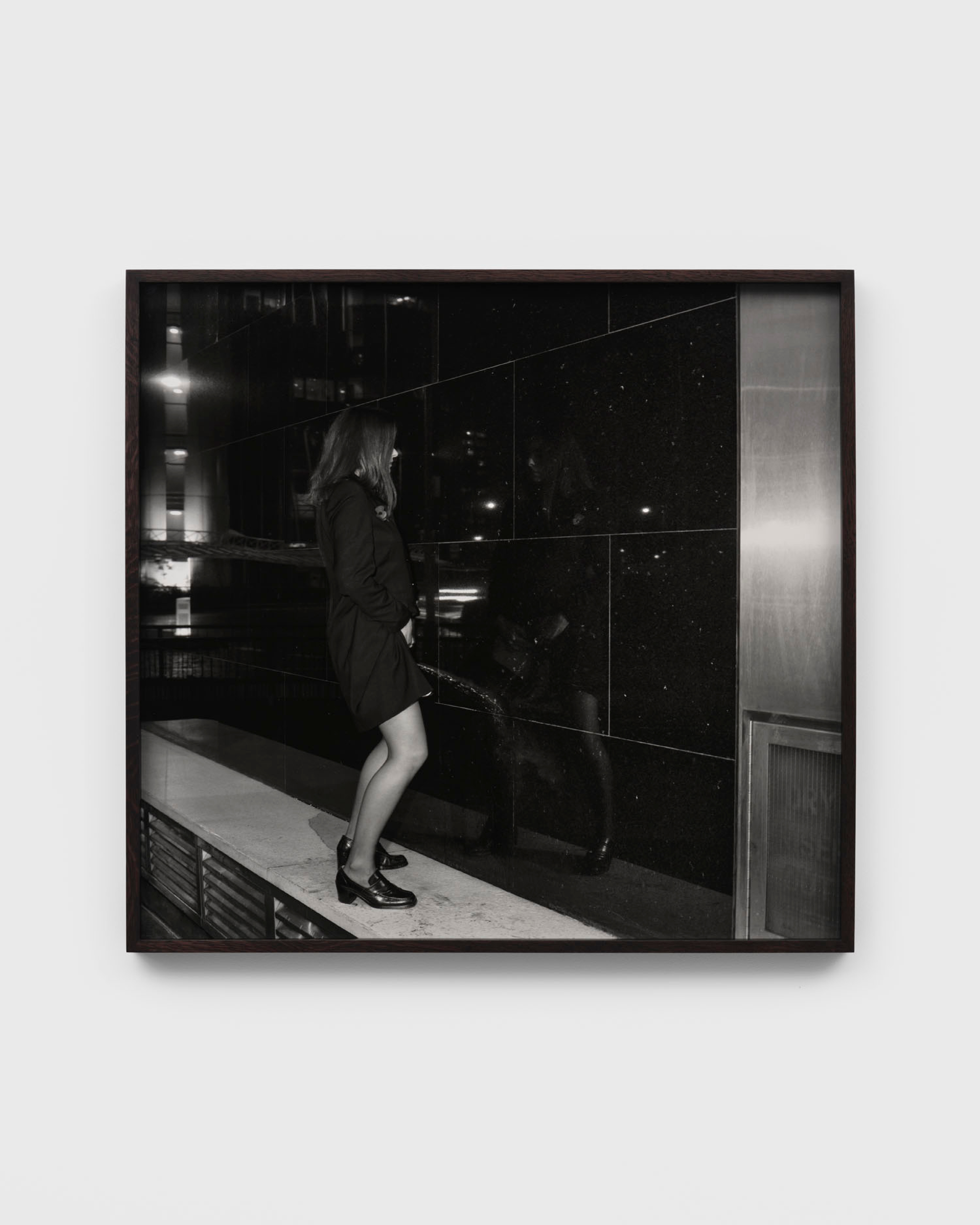
Sophy Rickett
